Praying mantis ootheca: strange boxes appear on trees in late summer (10 photos)
Praying mantises are incredibly cunning and equally lazy. While normal insects frantically scatter their eggs in various crevices, build veritable fortresses around them with thousands of guards, or even hide them inside other insects, praying mantises simply leave their eggs in plain sight, without putting in a single bit of effort! The ootheca does all the work for them. 
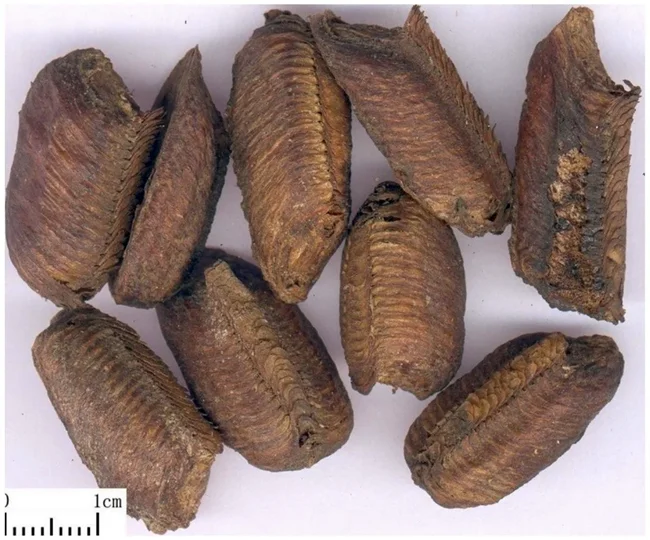
The fruits are ripe, time to harvest!
An ootheca is a special protective compartment, resembling either a clot of congealed dirty saliva or a wasp's micro-hive. The ootheca camouflages the eggs well, protects them from short-term temperature fluctuations, and almost completely isolates them from insecticides. And the best part is, the female mantis doesn't need to exert any special effort to create it; her body does it all on its own! 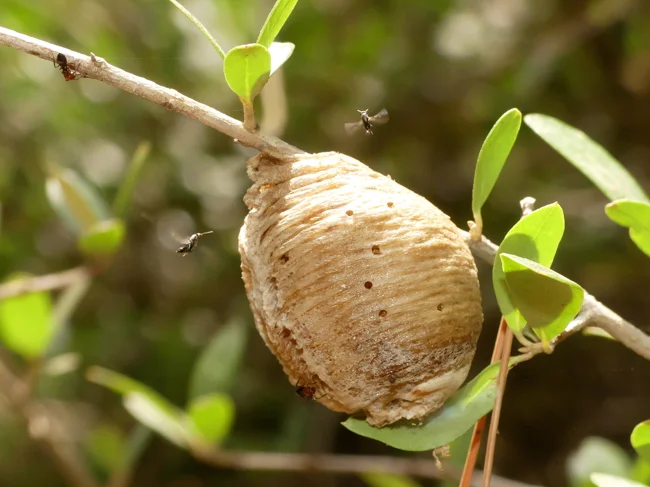
Unfortunately for mantises, the ootheca offers little protection against parasites. In the photo, we see parasitic wasps attacking the mantis's ootheca.
All the female needs is to ensure a decent supply of nutrients. And if she doesn't have time to eat enough before mating, she'll happily make up for the protein deficit at the expense of her mate. Perhaps even during mating itself. A few days after the act of love/cannibalism, the eggs inside the praying mantis will form, and it's time to create the ootheca. 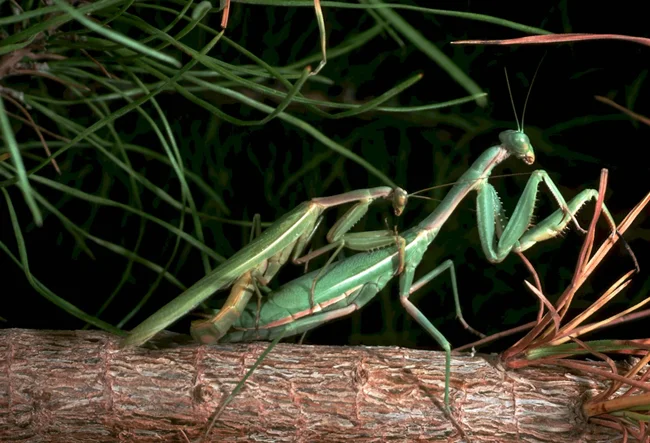
Darling, did you eat well this morning?
During egg laying, the female activates special abdominal glands that produce a foam made of the protein fibroin that hardens in the air. Immediately after the clutch is formed, the female will cover it with a thick layer of foam, reliably insulating her future offspring from the harsh world. 
How does it all fit? 
When class ended, and the crowd of frantic fifth-graders rushed to the cafeteria. 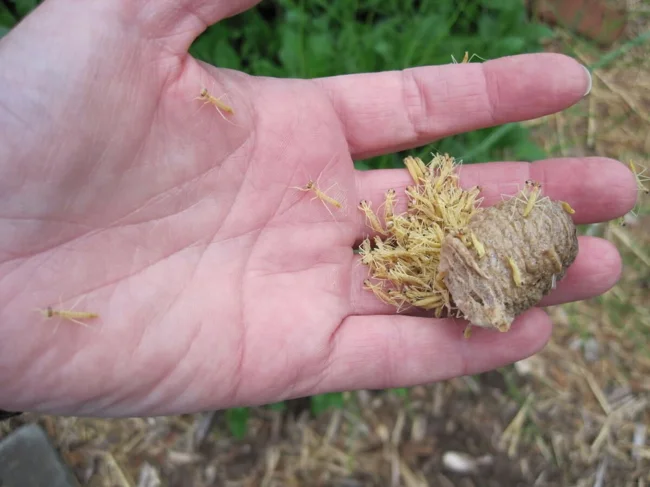
Forward! Here's our first catch!
And you can observe this unusual phenomenon right now! The mating season for praying mantises begins in the second half of August and lasts until at least early October. Therefore, all residents of European regions can observe the creation of protective capsules right now. 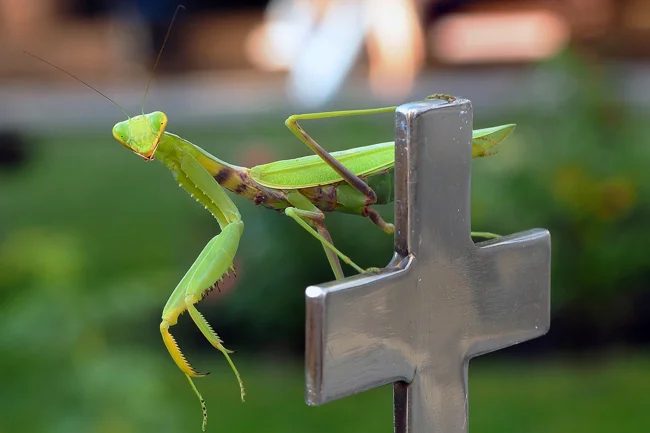
The most common species seen in this area is this handsome fellow: the common mantis. 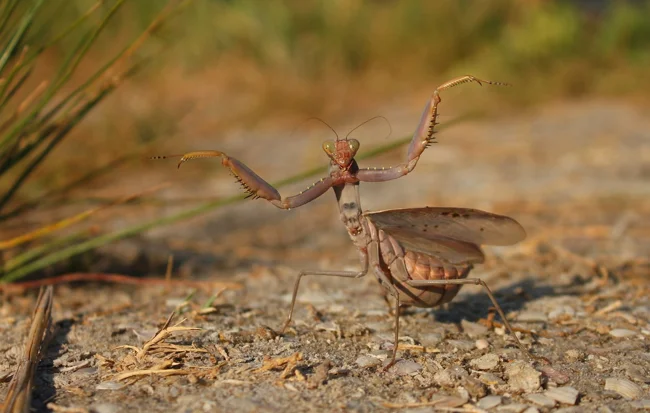
And this is the Transcaucasian tree mantis. It's also found, but its range is much narrower.
But frankly, the chances of encountering a praying mantis, especially while laying eggs, are very low. These insects aren't very common, they're excellent at camouflage, and they lay eggs very quickly. But that's not a problem: if you can't find a praying mantis, just watch cockroaches; they have oothecae, too! 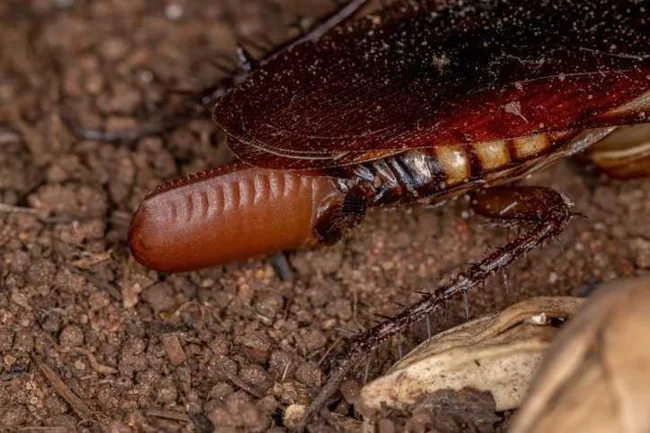
Author, are you kidding me?
Cockroaches are very clever creatures, and they're also relatively close relatives of praying mantises, so they also have oothecae. They're just designed differently. The female forms her ootheca right inside her genitals. It creates a neat little briquette that looks almost cute. Except for the fact that there are fifty cockroaches inside. Most cockroach species carry their oothecae with them, and only a few leave them in a secluded place.






























